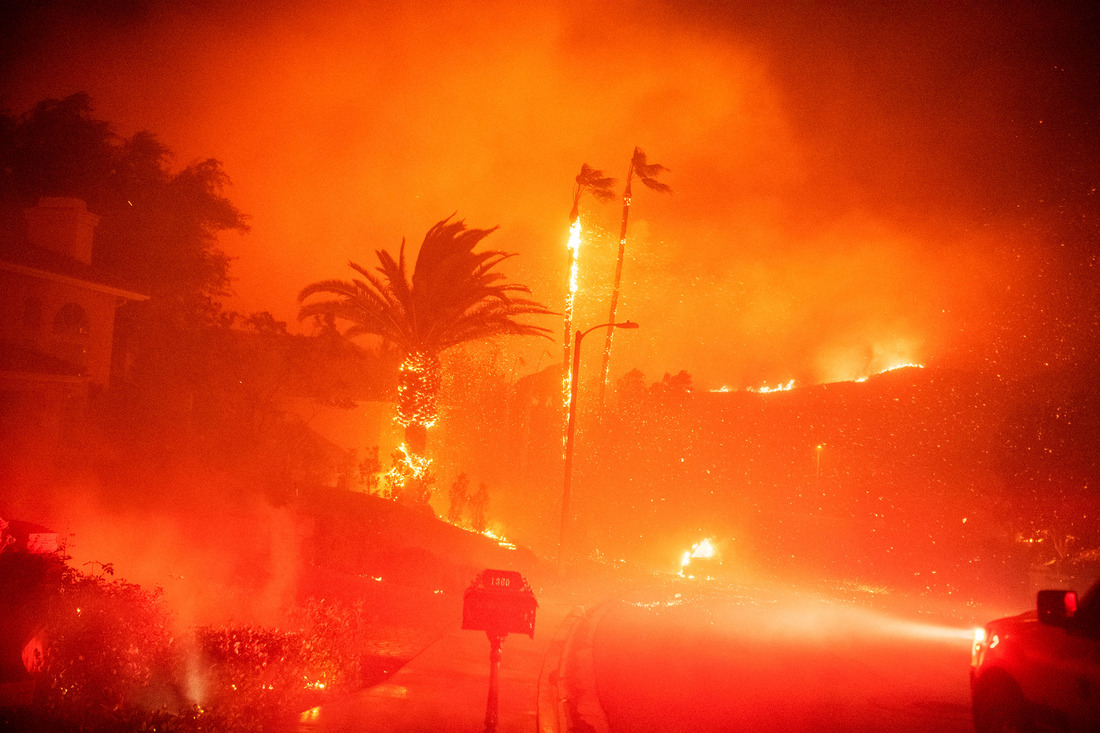
Former Seminar Speaker Stephen Pyne Interviewed in Piece About California Wildfires

Former Seminar speaker Stephen Pyne was recently interviewed for a piece in New York Magazine about what it means to build permanent structures in California—a state that was always meant to continually burn and shake.
So quickly, according to the fire historian Stephen Pyne, we forget the threat is even real. “We think that cities don’t burn — maybe the fringe will lose a house or two, or maybe a strip, but actually propagating through a city is something that doesn’t happen anymore,” Pyne says. “But it does. It’s like watching an old plague — or measles. You know, ‘Hey, we don’t have measles anymore; we don’t need to vaccinate.’ ”
Pyne calls himself “a pyromantic — not a pyromaniac, important distinction. I take a fire-centric or pyro-centric view of things.” For him, the story of the planet and of human civilization is one of fire, which makes climate change one as well — a matter ultimately of what we’ve chosen to pull out of the Earth and burn. But trees are fossil fuels, too, in their way; they store carbon, and, like coal, when burned, release it — which may be enough each year via wildfire to wipe out all of the emissions gains achieved in the state through green policy.
Pyne’s prescription for Southern California is ten times more fire, though of the controlled-burn variety. Without that, and with continued wildland development, “we’re going to have horrific fires, and we’re going to have a lot more of them,” he says. “What is the cause of all this? What are the drivers, as people like to say? I would respond to that by saying I think a fire is a driverless car: It’s barreling down the road; it’s integrating everything around it. The prevailing narrative is one of dumb Westerners building houses where there are fires, but I think what we’re seeing — and this is a combination of land use, climate change, and other factors — is that the fires are going where the houses are.”
Via New York Magazine.
Join our newsletter for the latest in long-term thinking
Subscribe